Museum of Neoliberalism, London
A trip into South East London is an opportunity – for now – to feel the burn of righteous anger by visiting the Museum of Neoliberalism.
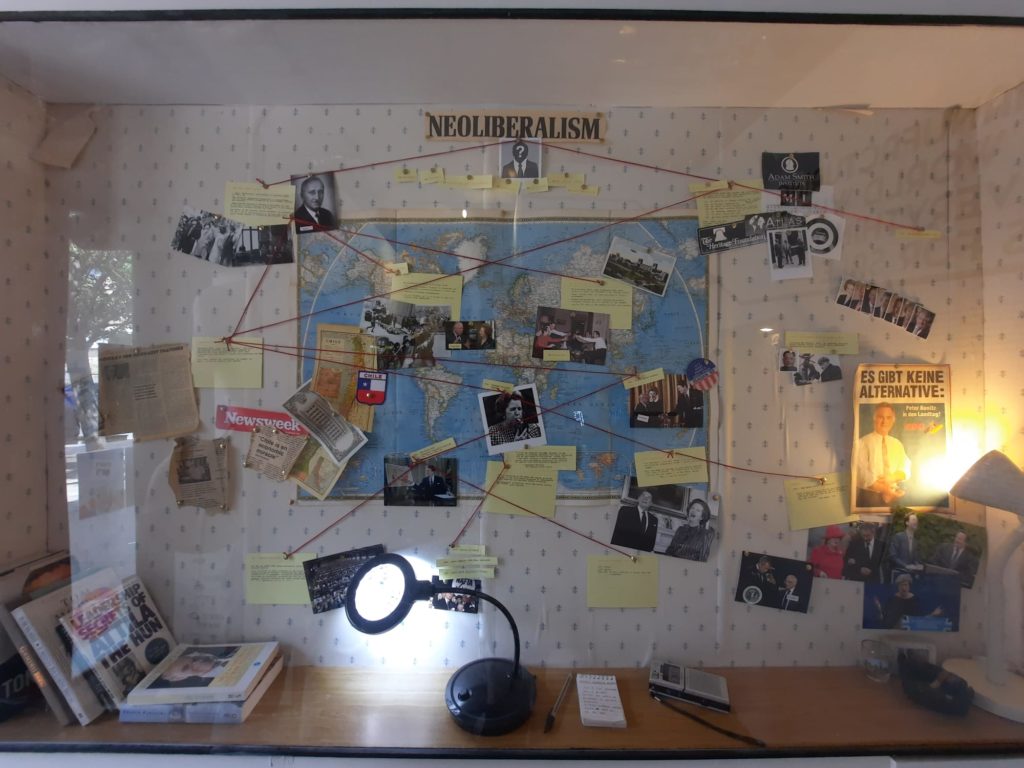
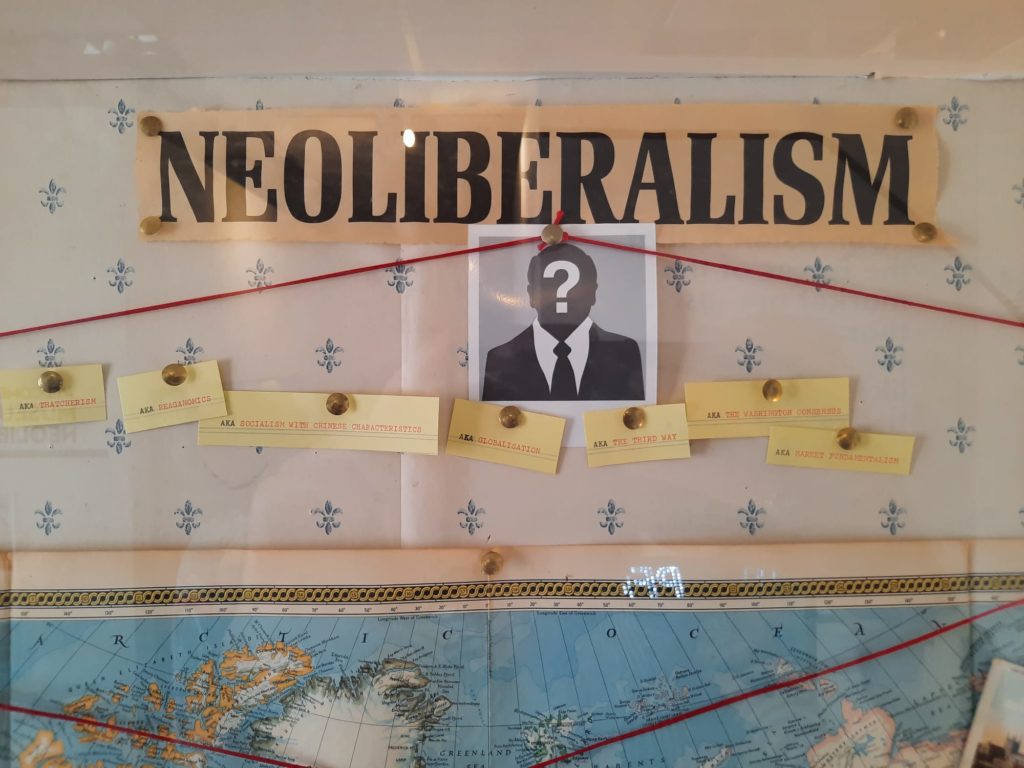
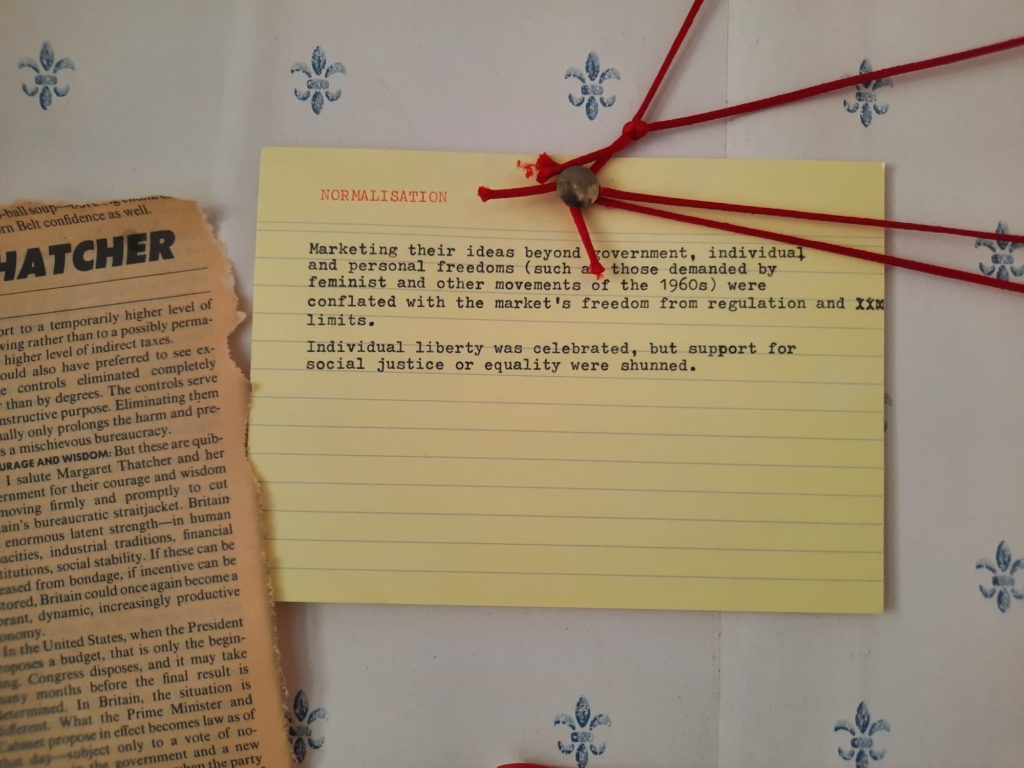
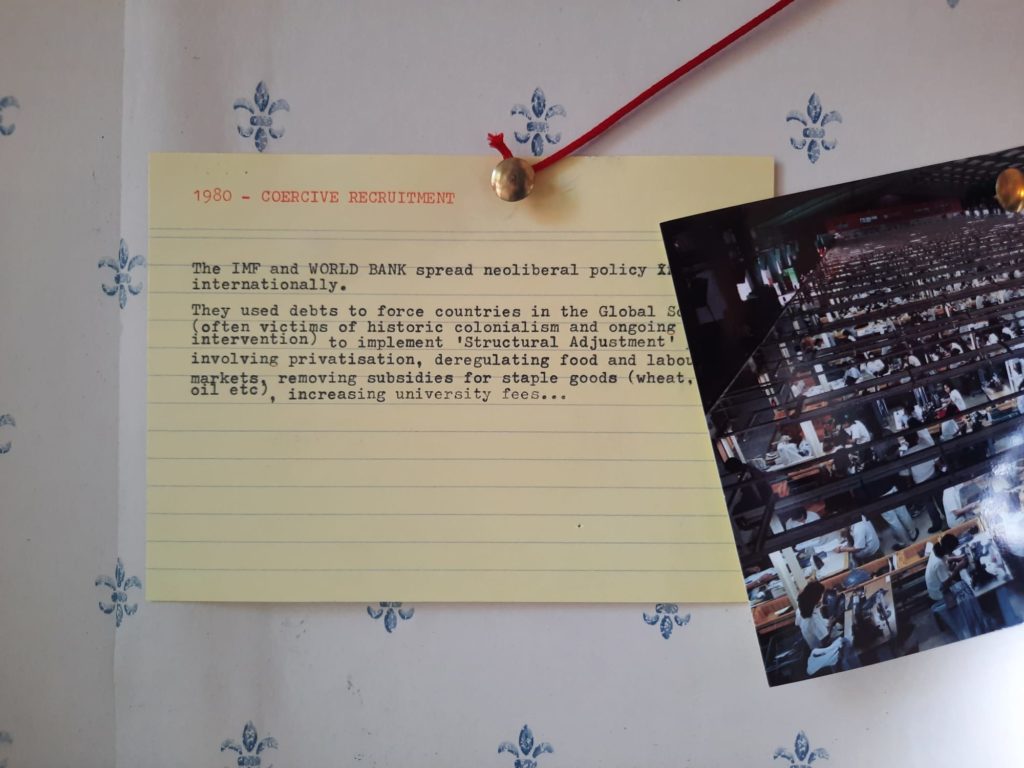
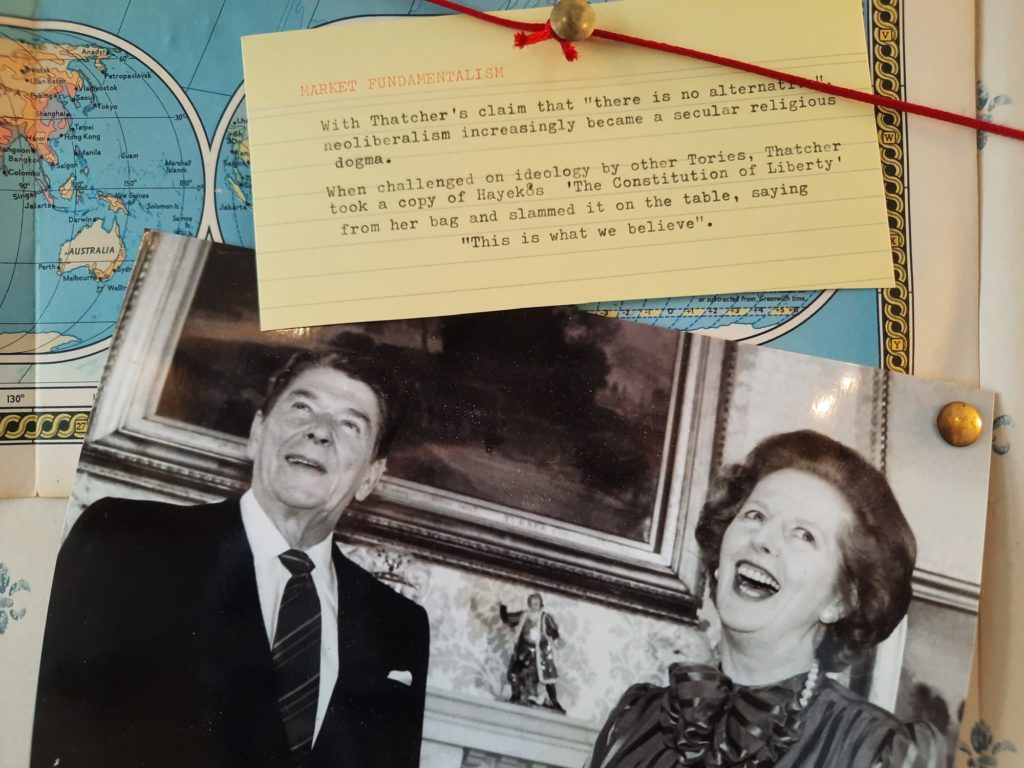
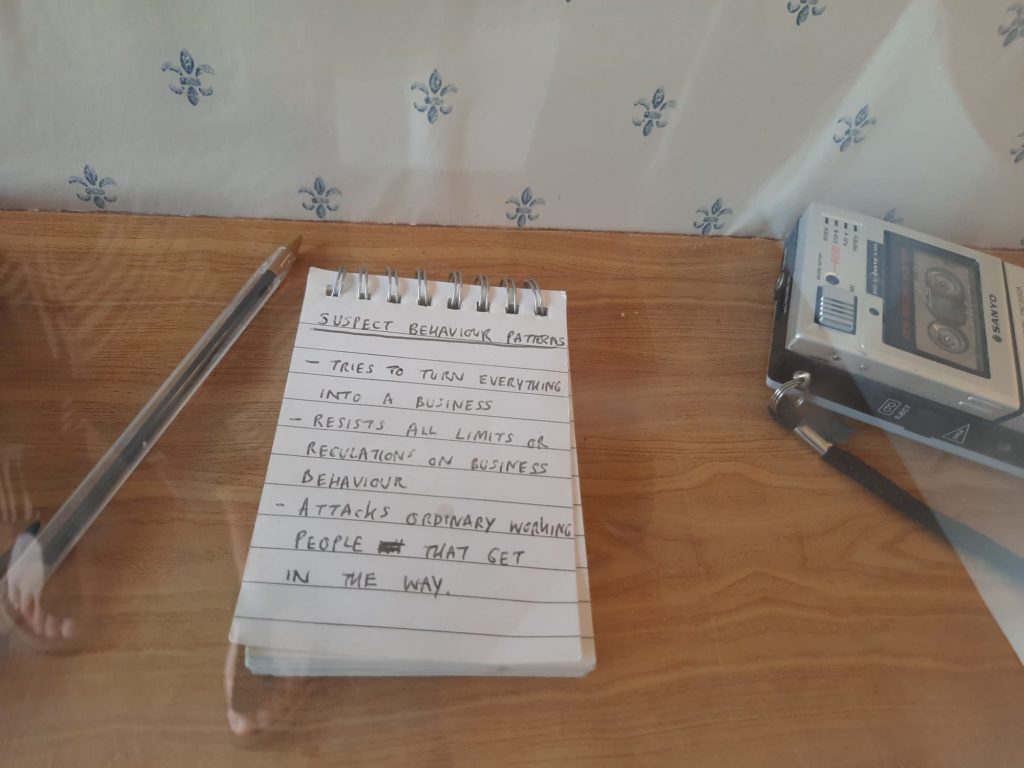
Um… What is Neoliberalism?
Living in South East London makes it easier for me to visit certain museums and heritage sites. I really enjoyed the Migration Museum in Lewisham, for instance. And a trip to Eltham Palace was a pleasant day out. About halfway between these two, in the London suburb of Lee, is the Museum of Neoliberalism. I’d been intending to visit for a while. And it turns out it was a good idea to visit when I did. But let’s not get ahead of ourselves. I’m going to start with a simple question: what is neoliberalism?
I will be very honest with you. I could not have reliably or accurately defined neoliberalism before visiting this museum. And that’s despite being a well-educated and fairly politically engaged individual. So if you think this museum isn’t for you because you’re not an expert, never fear. Let’s let the Museum of Neoliberalism explain the term to us:
[Neoliberalism as a response to the growing social movements, decolonisation and lowering of inequality in the 1960s and into the 1970s.] “This was a crisis for the ruling class. In response, they turned to the extremist ideas of a small group of self-styled ‘neoliberal’ economists, led by Friedrich Hayek and Milton Friedman. Their wild theoretical claims were pragmatically adopted by Margaret Thatcher, Ronald Reagan and others.
From the exhibit at the Museum of Neoliberalism: Spelling Mistakes Cost Lives /// Darren Cullen /// Art and Satire
The policies they enacted tended to restore the conditions for the accumulation of capital – a class war from above against these new movements, to increase the global share of the rich. Neoliberalism was an economic theory, but in practice it was a political project, with disastrous results for most people.”
So there you have it (at least from one viewpoint). An economic and political doctrine that arose in the 1970s, and saw many nations break up labour protections, privatise public assets, and generally kickstart a lot of the things that have worsened inequality over subsequent decades. It’s only more recently, I would argue, that neoliberalism has been uniformly known by this name. It tended earlier to go by different names in different countries. Reaganomics in the US, for instance. Or Rogernomics in my native New Zealand.
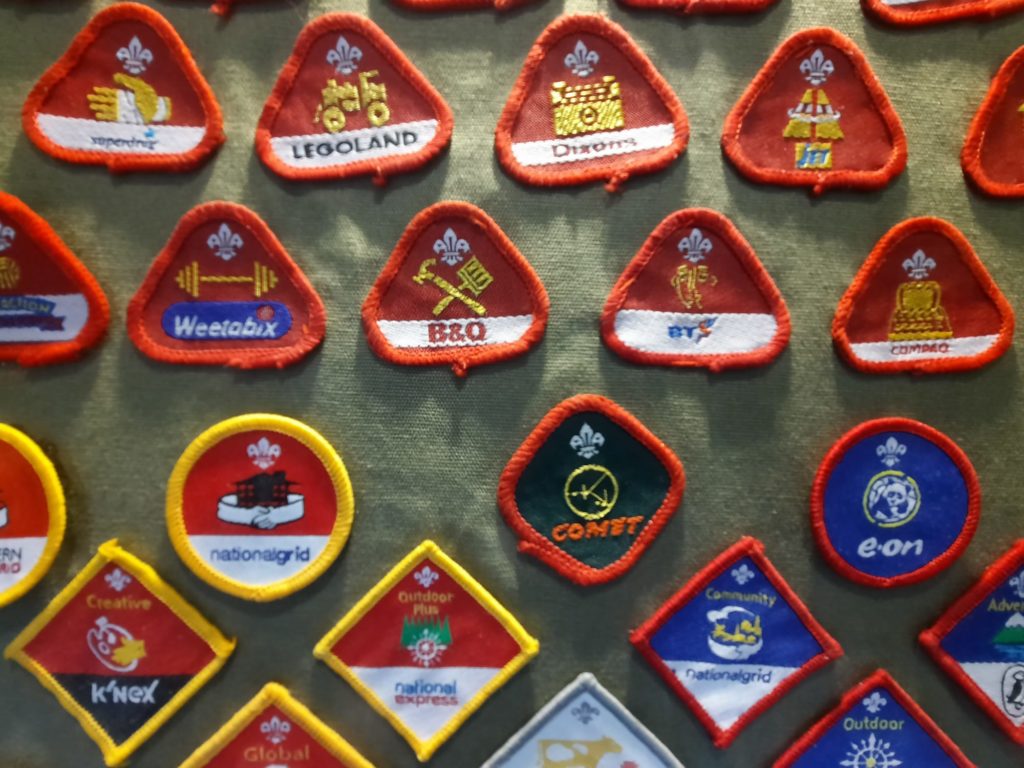
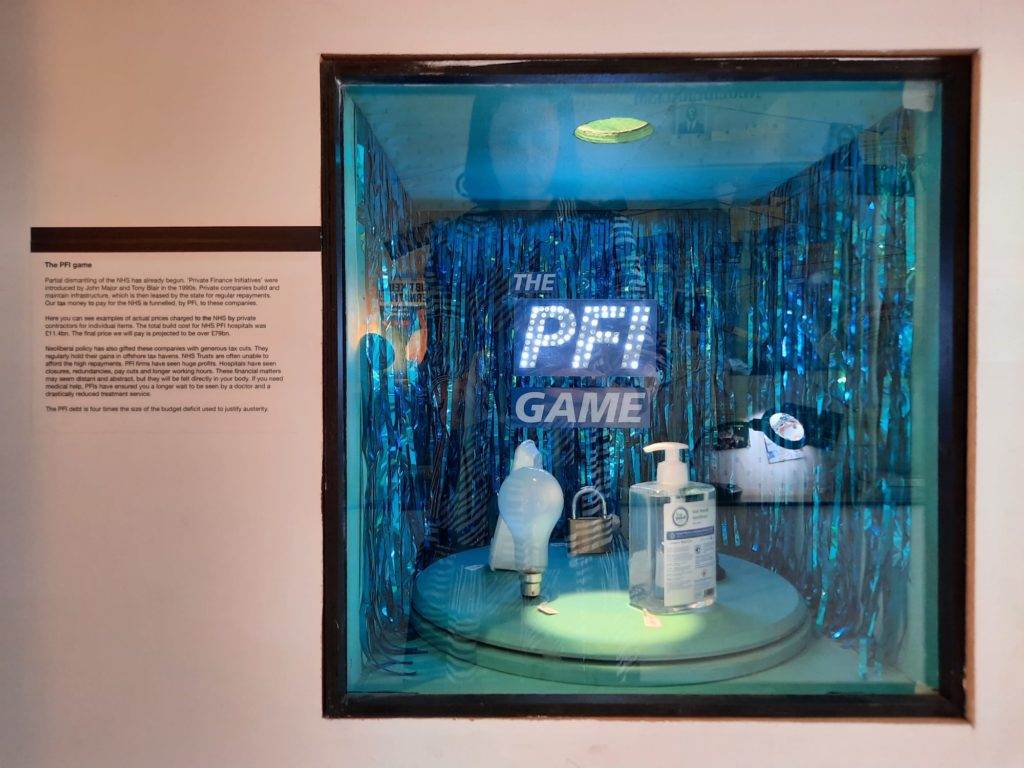
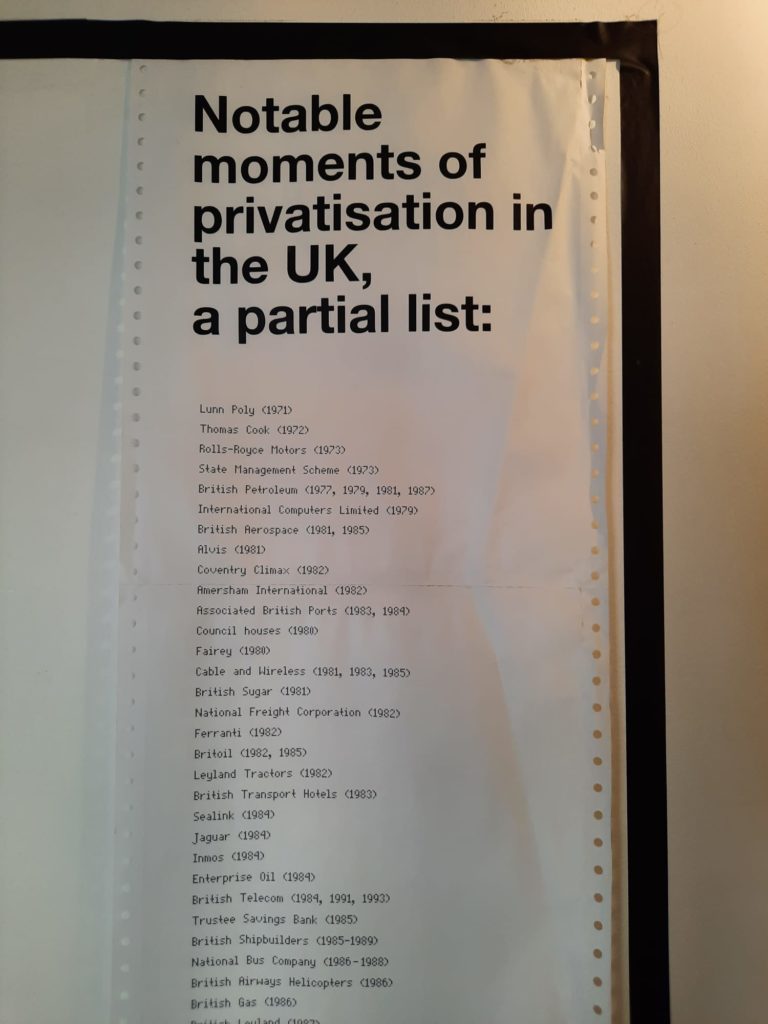
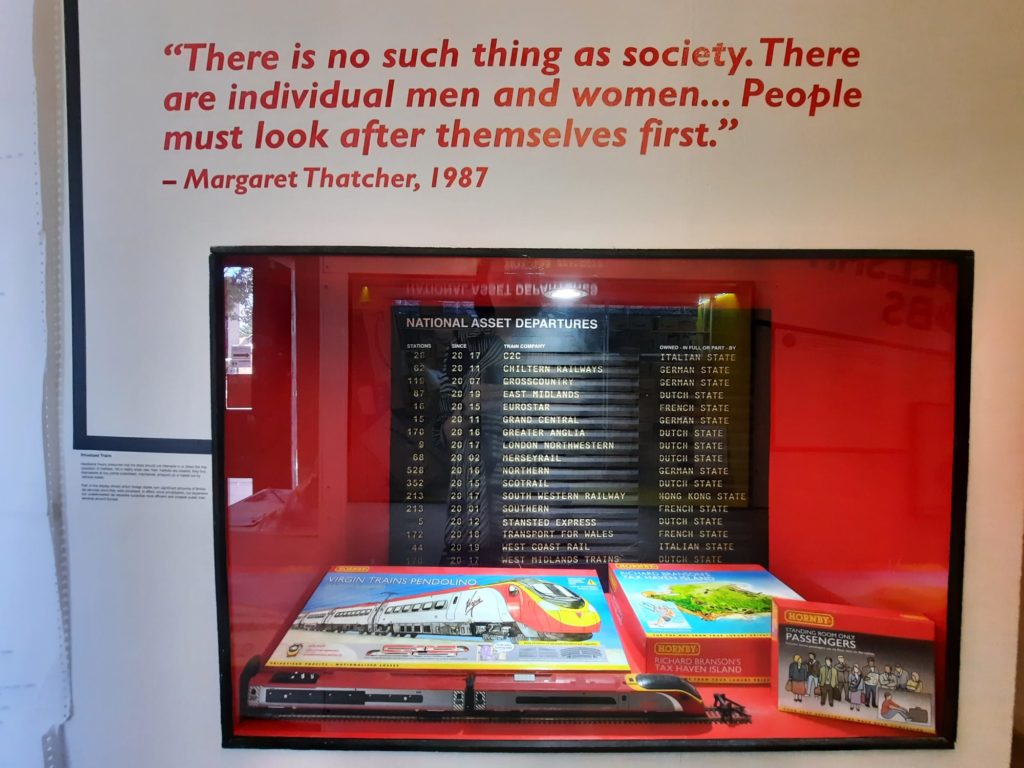
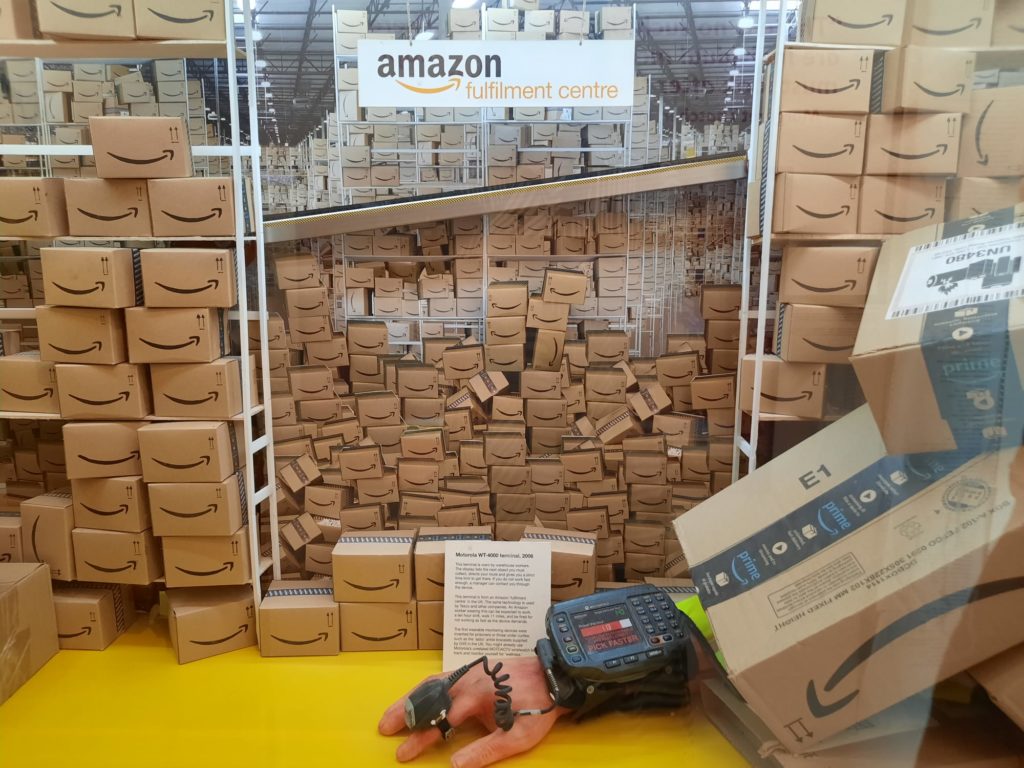
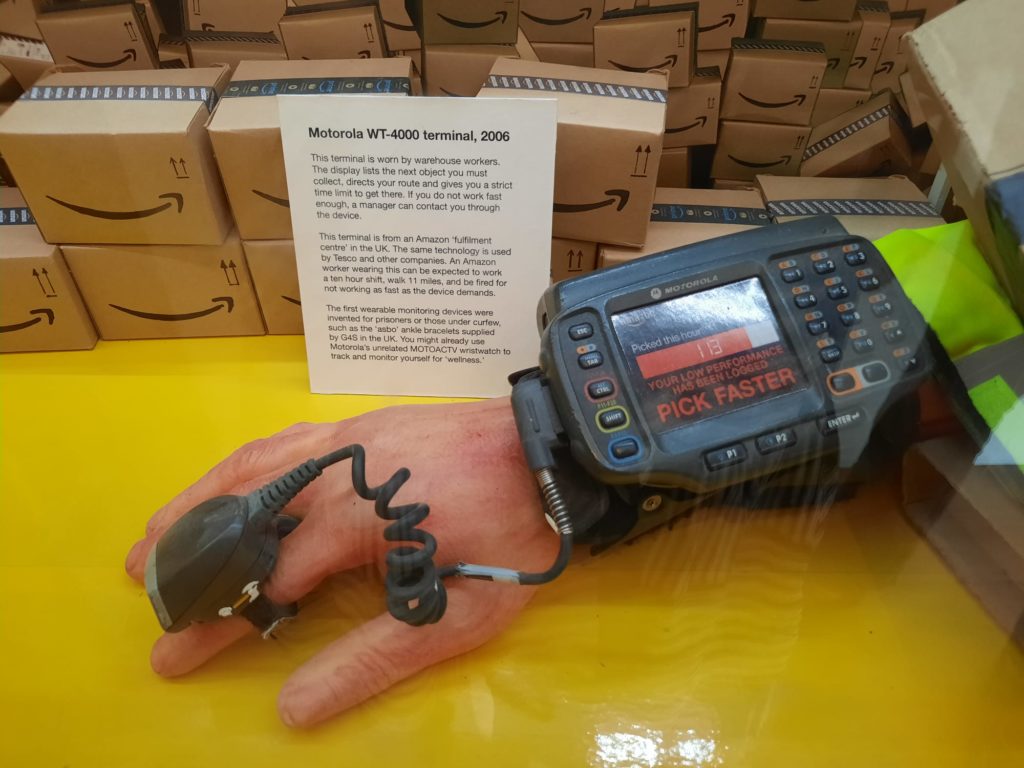
How Do You Make a Museum of Neoliberalism?
It’s fairly straightforward, actually. You get a couple of people with the right skills, have them produce a temporary version of the exhibition, then find it a home. The skilled people in question are Darren Cullen and Gavin Grindon. Cullen abandoned a degree in advertising when he realised how little it aligned with his values. Instead, he makes good use of advertising concepts and techniques in satirical art projects, including one that was included in Banksy’s Dismaland. Grindon is a radical academic currently teaching at Queen Mary, University of London. The exhibition they produced together seems to have first been displayed in Brighton in 2019 – I didn’t find more details than that.
Its home in Lee is well-suited to the task. It’s part of a small row of shops just back from a main road. You enter straight into the exhibition, and follow it around until you get to the end, which is also the shop. There seems to be space beyond that which may have been used for something else initially, but is currently being used for packing. Because, in an ironic (or inevitable?) turn of events, the Museum of Neoliberalism is being evicted later this year. Apparently the row of shops is being converted into yet more luxury flats. Just what London needs.
But back to the museum. As someone a little unsure of the ins and outs of neoliberalism, I thought it was excellent. There is a lot to read, but the explanations are clear and succinct. And often related back to things we can understand – the link between deregulation and the Grenfell Tower fire, for instance. It actually reminded me of the Icelandic Punk Museum in some ways. Both take a creative approach to displaying a lot of information in visually appealing ways, supplemented with objects and artworks that help tell the story.
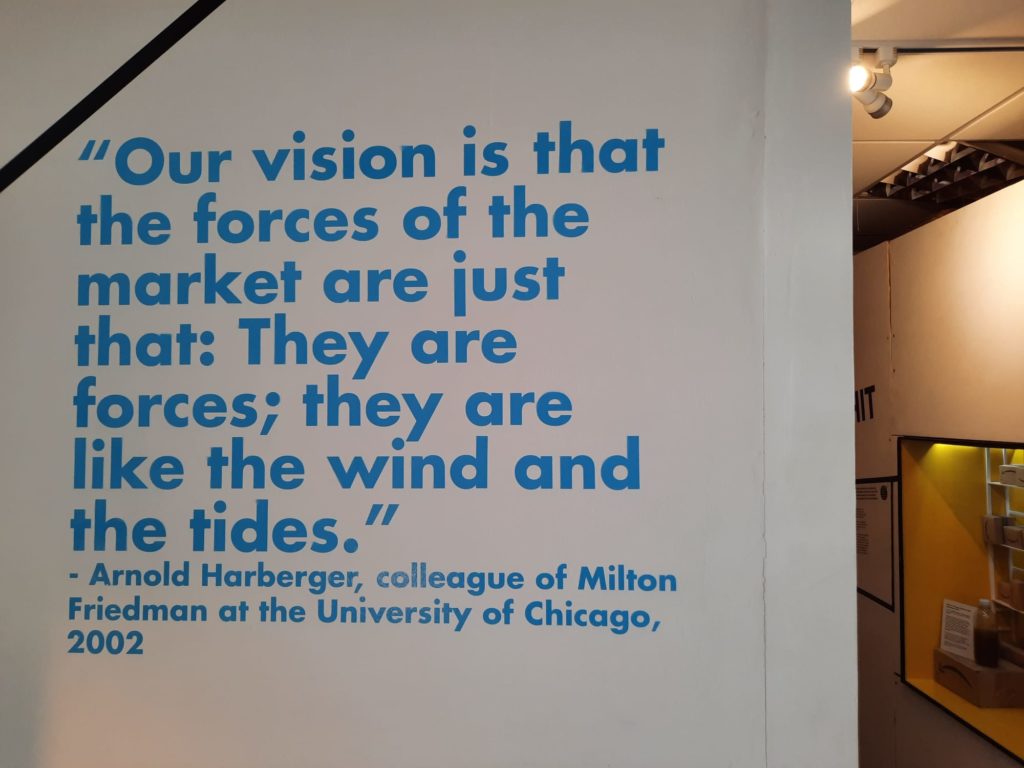
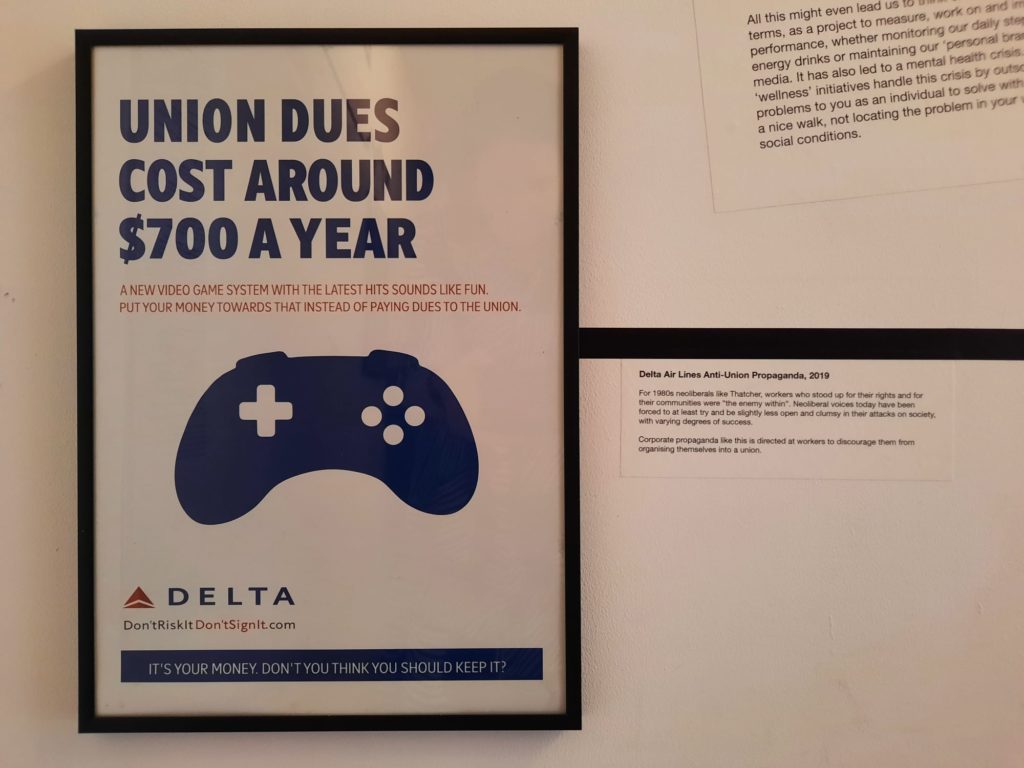
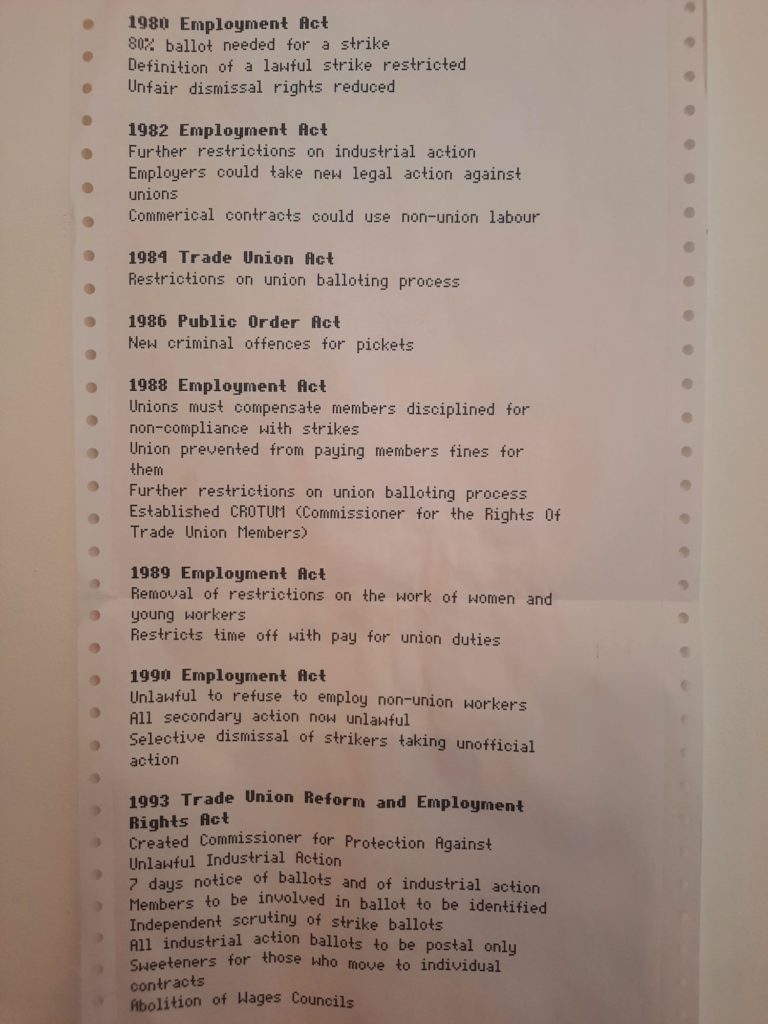
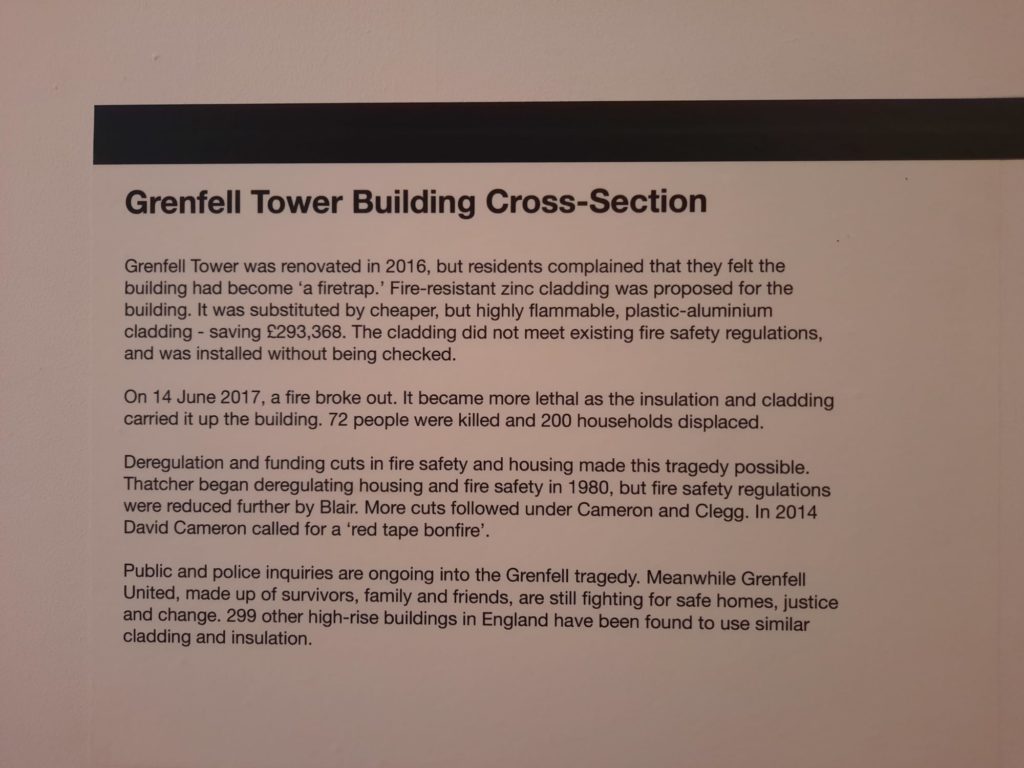
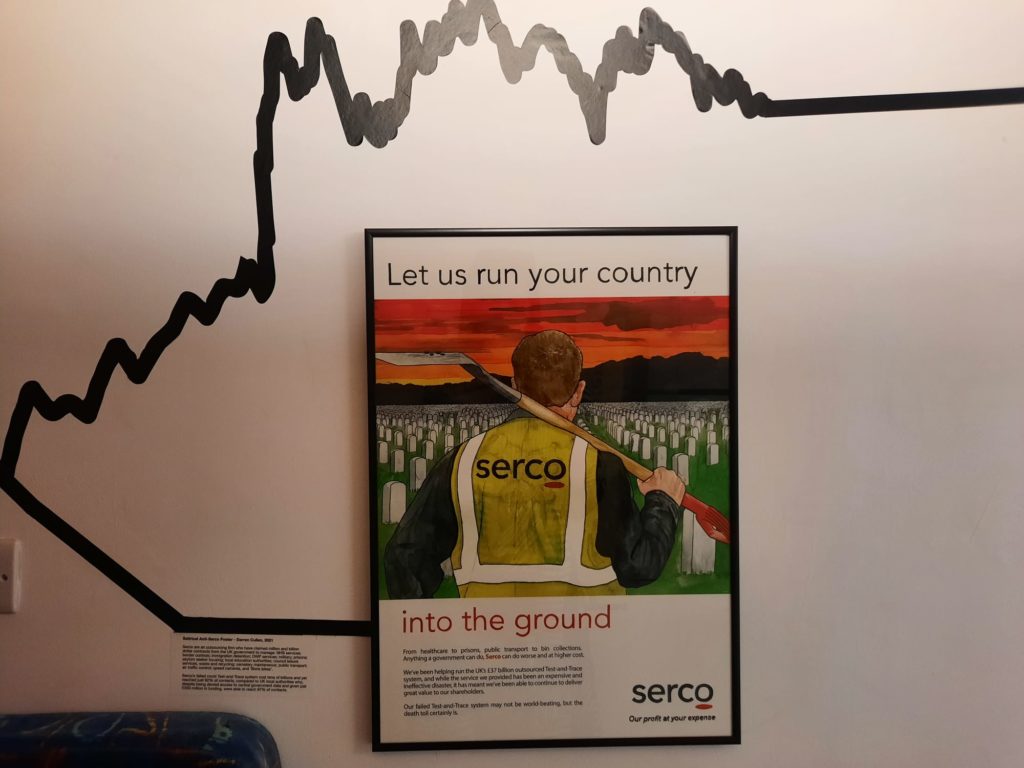
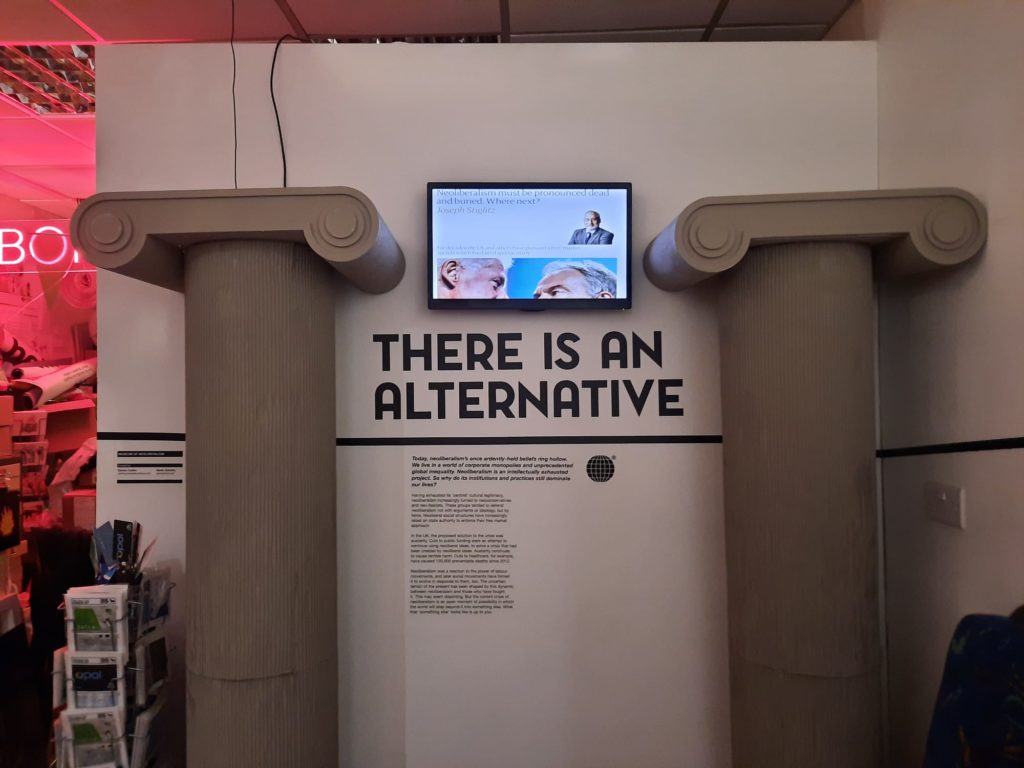
What Did I Learn?
Rather a lot. The museum starts with an explanation of neoliberalism in its global context. It then looks at relatable examples: contracts which force the NHS to purchase supplies at elevated rates, the selling off of railways which has given us some pretty terrible services at some of Europe’s highest prices, and the working conditions at Amazon. Next up the museum explains that neoliberalism is not only the purview of the political right, but has increasingly been rebadged as ‘centrist’ politics and adopted by the left too. New Labour moved away from several historically important policies to align itself more closely with neoliberalism, for instance. And the ‘Roger’ of Rogernomics was a New Zealand Labour Party Finance Minister.
The museum ends on a moment of hope, while acknowledging that its content may be dispiriting. The dispiriting part is how much neoliberalism has impacted life and work for the majority of us. And how insidious it can be: a display of Scouting badges linked to/sponsored by companies is an unnerving example. The hopeful part is that the current crisis of neoliberalism (as in, it’s clearly not working that well, is it?) is an opportunity. Regaining a bit of that hopefulness and progress of those earlier social movements is a decent place to aim for. And I hope visitors to the Museum of Neoliberalism will leave burning with a righteous anger as I was, and will be inspired to look more carefully at what advertising, companies and politicians are selling them.
I hope the Museum of Neoliberalism survives the setback of their current eviction. I saw somewhere on the website that they have to be out by October, but I’m not sure how long before then they will close their doors. So if you’ve been tempted by today’s post, don’t delay!
Salterton Arts Review’s rating: 4/5
Trending
If you see this after your page is loaded completely, leafletJS files are missing.

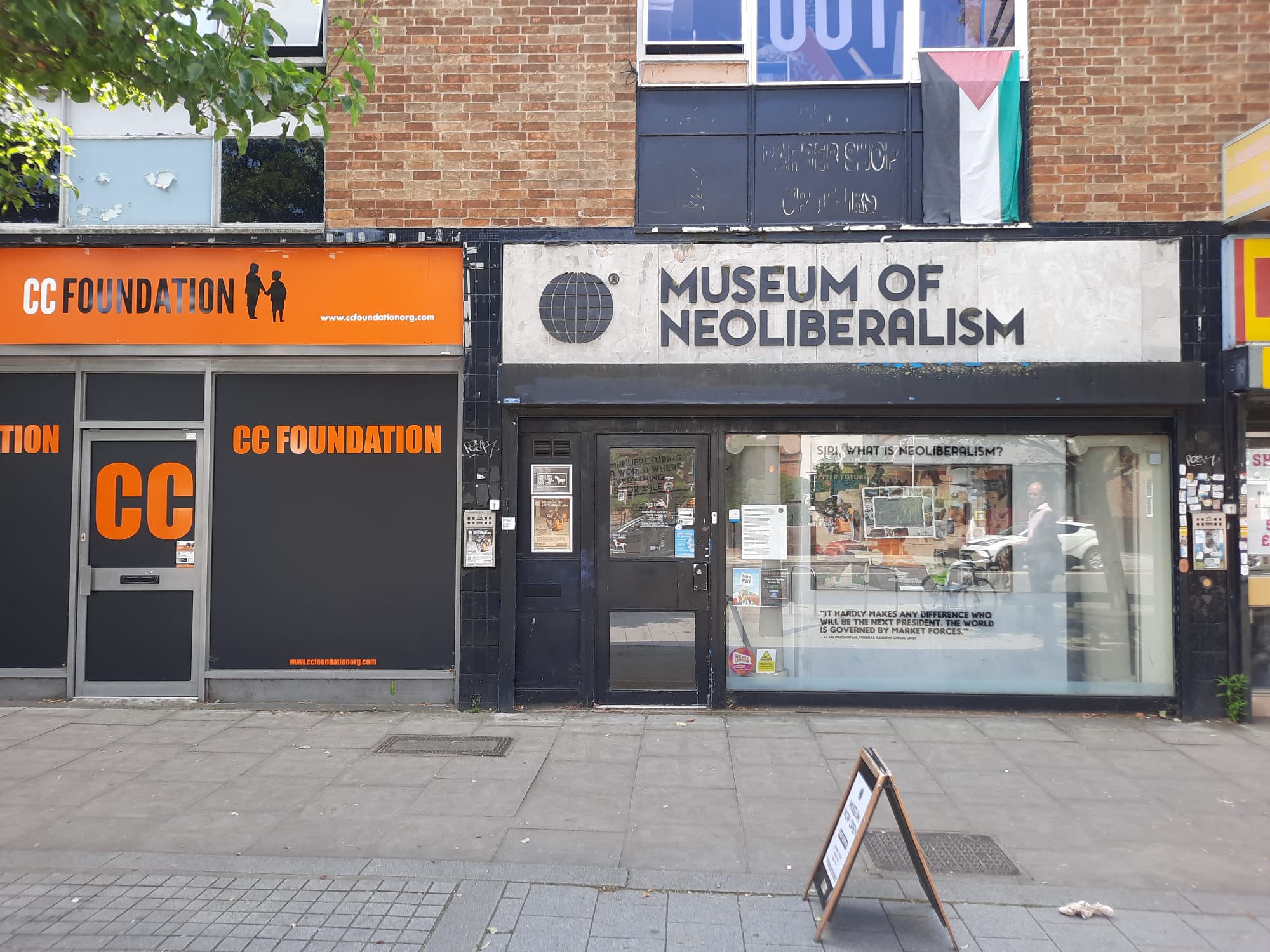
wow – this sounds brilliant, what a clever idea and important issue to popularise. I hope many more people see it.
I hope so too, and hope they can find a new permanent home somewhere safe from property developers!